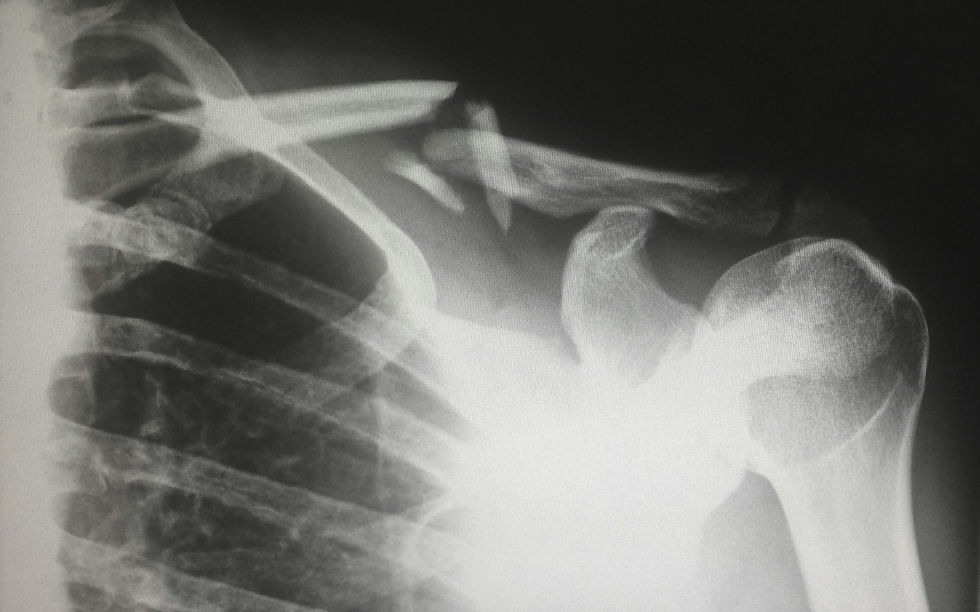Evolutionary Parts
- marketingc8
- Sep 24
- 3 min read
The Tree of Life—Solving Science’s Greatest Puzzle will be published this November in the U.S. and it looks like a winner. (It’s been out in the UK for a while.) The book is published by W.W. Norton, which we always take as a seal of approval.
It’s written by Max Telford, the Jodrell Professor of Zoology and Comparative Anatomy at the University College London. He’s an evolutionary biologist who uses trees of relationships to piece together the story of early evolution of the animal kingdom.
In a recent article, Telford gave us a little tease of the main themes. He had us at the word “chin.”
Telford wonders, rightly, about a basic question: why did we humans evolve into this particular form?
“The story of evolution tells us how, starting from simple beginnings, each species was built—when each of the components that make a living creature was added to its blueprint. If we climb the evolutionary tree of life, we can follow a twisting path that visits the increasingly specialized branches that a species belongs to,” he wrote.
Telford breaks evolution down into groups of parts. The body and gut, he points out, are “inventions” of the animal branch and must have preceded backbones and limbs from the vertebrate branch, before milk and hair from mammals and before fingernails that we got from primates.
Did you ever stop to think about it in quite that way?
Yes, Telford wonders about the uniqueness of the human chin but he also ponders the relative size of testicles between and among humans, gorillas, chimpanzees, monkeys, and macaque adult males.

Again, not something we have pondered on a regular basis, but to Telford this is ripe material for considering evolutionary “convergence” and a dolphin event called a wuzzle. Yes, first time here on the Anatomy in Clay® Learning System blog that we have used the word “wuzzle” and we are thankful to Max Telford for this opportunity. You can see a good clip of this activity here.
With dolphins, a wuzzle is “a group sessions of mutual caressing and sexual activity, encompassing both same-sex and opposite-sex interactions,” according to an online search. Spinner dolphins are particularly good at it. The term itself was coined by a marine biologist as a playful, informal description of this behavior. (Are wuzzles why dolphins are always smiling?)
Did you know dolphins boast the biggest testicles in the entire mammalian kingdom? Their testicles make up as much as 4 percent of their body weight. If humans followed that example, they’d weigh about 9 pounds and, we can only assume, pants and slacks and shorts and swimming trunks for men would look a whole lot different than they do today. Underwear, too, for that matter. Nine pounds!
Basically, Telford theorizes, testicle size in various species relates to monogamy, promiscuity, polygamy, and polyandry. Oh, and competition too. It’s a fascinating theory and, makes sense.
“It was thanks to the multiple observations provided by convergent evolution that we were able to discover this consistent correlation between testicle size and sex life right across the mammals,” writes Telford. “And as for humans, we have testicle size somewhere in the middle—you can make of this what you want!”
(We appreciate Telford’s obvious sense of humor, too.)
And what gives with the human chin. As he points out, the chin has been “fertile ground” for arguments among scientists over its purpose. Did it evolve to strengthen the jaw of battling cavemen? Or to “exaggerate the magnificence of a manly beard?” For whatever reason, no mother mammal sports a chin—not even humans’ closest cousins, Neanderthals.
So here we are—human beings in this general shape and configuration. But how did this all come to be? We’re still putting the pieces together.
.
.
.
.




Comments